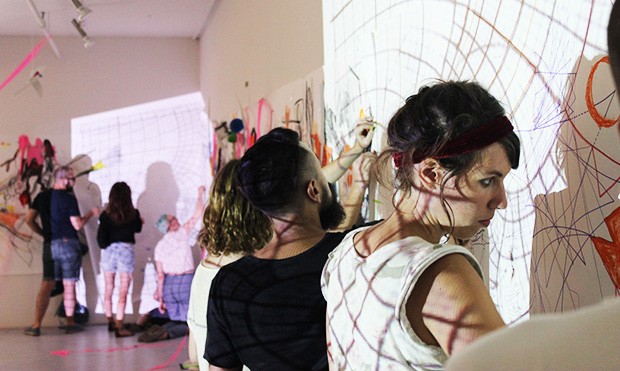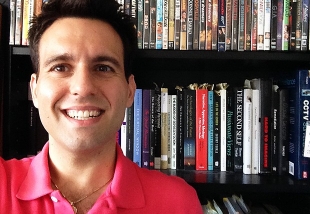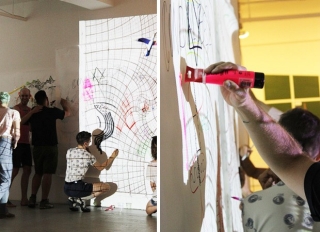Currently a PhD student in Film and Moving Image Studies at Concordia, Tziallas wrote his master’s thesis before Men of Israel was released in 2009, and later wrote his previously unpublished study of the same film in 2012. "In a lot of ways the two talked to each other," he says. “It wasn’t until I had really looked at my master’s thesis and the unpublished version that I realized they were actually in dialogue,” Tziallas says.
To combine the two papers Tziallas decided to trim the fat and focus on one particular theme —whether 9/11 had changed the way Middle Eastern men were portrayed in gay pornography, with a strong focus on discovering if terrorism had become fetishized.
He found that Arab men were most frequently portrayed in one of two ways: as exotic representations of Orientalism with pyjama pants, turbans and lots of shots of the desert, or as citizens of the modern global world, with the pornography itself filmed in apartments or with cityscapes as backdrops.
Tziallas states that he chose pornography as his focus because of how intrinsic it is to gay male culture.
“Pornography now is pretty much the circuitry that operates global gay culture. It’s surpassed cinema and literature and even the gay bar, if you will. Pornography really is the conduit that connects gay men around the world,” Tziallas says.
Marking space: a drawing research lab
Six Master’s of Fine Arts students from different disciplines combined forces to create a summer-long drawing lab last year that sought to broaden people’s ideas about the visual art form.
“We were really approaching drawing through different ways of thinking,” says Santiago Tavera, one of the six graduate students.
 Six Master’s of Fine Arts students created a summer-long drawing lab that sought to broaden people’s ideas about the visual art form. | Image courtesy of the Drawing Research Lab
Six Master’s of Fine Arts students created a summer-long drawing lab that sought to broaden people’s ideas about the visual art form. | Image courtesy of the Drawing Research Lab
 Evangelos Tziallas, PhD student in film and moving image studies: “Pornography really is the conduit that connects gay men around the world.”
Evangelos Tziallas, PhD student in film and moving image studies: “Pornography really is the conduit that connects gay men around the world.”
 Santiago Tavera, MFA student in Open Media: “We were approaching drawing through different ways of thinking.” | Courtesy of the Drawing Research Lab
Santiago Tavera, MFA student in Open Media: “We were approaching drawing through different ways of thinking.” | Courtesy of the Drawing Research Lab